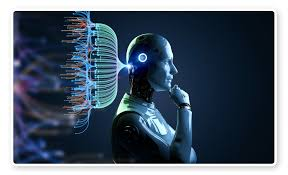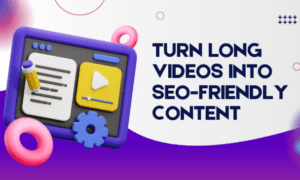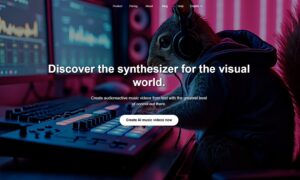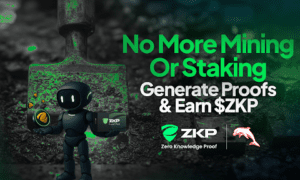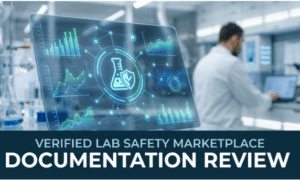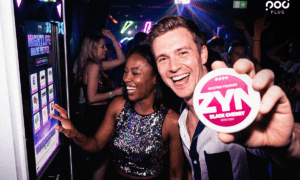Introduction
Artificial intelligence (AI) isn’t just for smart assistants or chatbots—now it creates full videos! Popular AI-generated videos are making waves in entertainment, advertising, education, and beyond. They’re rapidly changing how content is made, who can make it, and what we expect. Let’s dive into how and why AI-made videos are reshaping our world.
Entertainment: Films, Shorts, and Streaming
AI-generated videos are bringing creativity to entertainment in new ways. Movies and short films like Ancestra use tools like Google’s Gemini, Imagen, and Veo to create entire scenes—from a literal mother’s womb to poetic visuals—while cutting down on costs and production time insights.manageengine.com+1apnews.com+1theverge.com. Even big franchises are tapping AI: Lucasfilm brought a younger Luke Skywalker to life using deepfake tech in The Mandalorian calibraint.com.
Streaming platforms like Netflix, YouTube, and Amazon Prime heavily rely on AI for personalized recommendations and smarter ad testing, maximizing viewership and satisfaction miquido.com+1businessinsider.com+1. Today’s industry isn’t replacing creatives—but making production faster, cheaper, and more audience-focused.
Advertising: Smarter, Faster, Personalized
Brands love Popular AI-generated videos for their speed and affordability. Ads like “Synthetic Summer,” a beer commercial created entirely by AI prompts, have gone viral—showing that high-quality visuals are now accessible without major budgets AI tools also led mannequins like Pepperoni Hug Spot’s pizza ad to become social media sensations—even if some reactions were “cursed” or confused tagshop.ai.
Major players are using AI to cut spending and target better. Ukraine’s Headway used Midjourney and HeyGen for ads that boosted ROI by 40%, reaching billions with cheaper production .
Large companies like Coca‑Cola and Paramount tried AI ads, but some were criticized as “AI slop”—seen as cheap or inauthentic en.wikipedia.org+1advids.co+1.
Still, AI ads bringing strong viewer results and greater personalization make them increasingly Popular AI-generated videos in marketing.
Education: Bringing Lessons to Life
AI videos are a powerful tool in teaching. Platforms like Synthesia let educators build AI presenters that narrate lessons in multiple languages with lifelike avatars Companies such as Colossyan use AI to produce training videos that include interactive quizzes, making learning fast and affordable across industries like healthcare, car manufacturing, and government.
Research shows these AI lessons work as effectively as traditional recordings. One study compared learning outcomes and viewer satisfaction—and found no meaningful difference .
This makes Popular AI-generated videos a reliable, scalable way to teach millions.
Affordably.Social Media & Viral Content
On TikTok and YouTube, Popular AI-generated videos dominate trends. Creators generate “deepfake” clips of celebrities eating spaghetti or make GTA-style scenes in real cities.
These often spread fast and help creators earn big—some ad-focused YouTubers and TikTok influencers make thousands monthly using AI content . However, critics sometimes call this trend “AI slop”—mass produced, low-effort videos.
For many creators, though, it means more output and less cost, with Popular AI-generated videos at the heart of viral content.
Professional Studios: Commercial-Grade Content
Professional directors and studios are embracing AI too. PJ Accetturo launched an AI video studio after Google released its Veo 3 tool. His parody ad “Puppramin” cost just $2,000, aired in three days, and received 18 million impressions during the NBA Finals, landing him a major sponsorship.
This shows that Popular AI-generated videos aren’t just memes—they’re serious business tools. AI is replacing crews and reducing costs while delivering creative results quickly.
Challenges & Ethical Concerns
Though AI made videos cheap and fast, they raise concerns. Deepfakes risk misinformation when people see fake footage of celebrities or even public figures saying or doing things they didn’t.
Professionals worry AI could replace animators, VFX artists, and presenters, disrupting jobs and creative industries .
Some tools also draw ethical criticism: Coca‑Cola’s AI ads were called “soulless,” while the UK debates whether AI tech is replacing artistic creativity too soon .
What’s Next?
Future advances include real-time text-to-video tools, like OpenAI’s Sora or Google’s Veo 3, which can make short scenes instantly from text prompts. Expect more realistic virtual influencers (CGI models used in marketing), hyper-targeted video ads, global dubbing in seconds, and immersive training tools powered by AI-generated ecosystems .
Industries must implement strong labeling, set rules for copyright, and build detection systems to ensure Popular AI-generated videos are used ethically and transparently.
Conclusion
Popular AI-generated videos are shaking up entertainment, marketing, education, and social media. They offer creative possibilities fast and low-cost, and help content reach new heights in personalization and reach.
But they come with big challenges—job disruption, fake media, and ethical risks. Going forward, creators and companies must balance innovation with responsibility.
Used wisely, AI-made videos can educate, entertain, and inspire—all while keeping us truthful and fair. Let me know if you’d like details on tools, best practices, or ethical rules!

